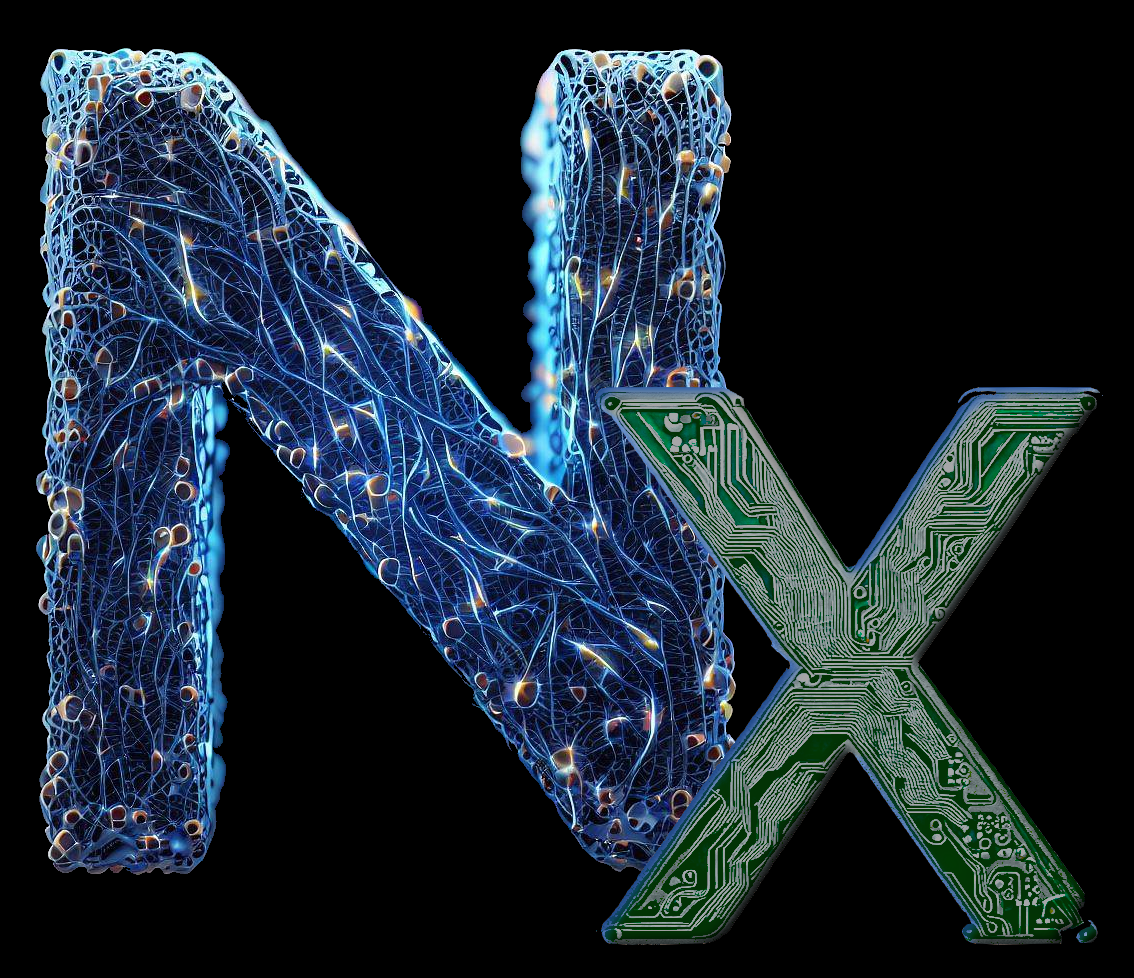I see a lot of people claim they tune/calibrate their printer any time they use a new spool of filament. But does anyone actually do this? It feels like a waste of time when filament is so consistent, even between brands. I can understand doing it for specialty rolls, but for basic pla? Seems unnecessary
I usually print a temp tower when I get new filament that I haven’t used before. It doesn’t take that long and if it prevents a failed print it’s totally worth it.
I print a temp tower for every new brand I get and save that as a profile. Has worked fine for me for years
Reading the answers make me feel bad about myself.
I never really calibrated my printer. I have a BLTouch so I rarely have to level the bed, I correct the Z offset when my prints start failing, and that’s pretty much it.
I should probably start taking printing more seriously.
I used to. Now I just put settings I think will be close, print a calibration cube, make some adjustments based on what I see, and go to town. I spent 2 entire weeks figuring out all of the optimal settings for my printer for PLA+. Most of those settings work well for everything and because I spent so much time learning about printer calibration, I have a pretty solid idea of what I need to change from looking at the cube.
I didn’t on my FlashForge CreatorPro unless I had an issue, but I do on my BambuLab X1C - but that’s because it’s a fully automated process using the built in lidar.
Automatic flow calibration is so nice. I don’t use any of the other “smart” features, but it’s worth the extra cost just for that.
Not for each new roll of filament, but I am relatively new (less than 1 month) and with the same roll I have some prints failing. Mostly because they detatch from the bed (Material is PETG, on an Ender 3 Max Neo). I’ve tried a lot of things already:
- Different nozzle temps
- Z axis offset calibration
- Cleaning the print-bed
- Leveling the print-bed (including the screws and the A4 paper trick)
- Heated bed vs. non-heated
- Printer placed in an enclosure to prevent drafts
So far it seems to go alright, but I still get detatching prints occasionally, or deforming mid-print. It’s kind of frustrating :(
Oh, you poor thing. I made the same mistake. I know, I know, PETG logically makes the most sense - no fumes, higher temp tolerance, cheap - but save yourself weeks of misery and stick with PLA or PLA Plus/Pro/+ for a few months. PETG is a special beast. For all the shit PLA gets, it’s not that bad and MUCH easier to learn printing with.
PETG is more viscous and sticky, and generally requires its own z-offset tuning and retraction tweaks. On top of that, it needs juuuuust enough heat to melt the Bowden tube, which happens to make it really tempting to pop a few prints. I’m pretty sure I invented new curse words while trying to clean out that mess.
PETG was the second filament I tried. The first was Silk PLA. It’s PLA, but shiny, no biggie, right? Don’t learn on Silk PLA either. Completely different set of problems. Silk PLA to PLA is like Frosted Fakes to cake frosting.
Just my $0.02. I know I was all excited to print mods for the printer right away, but I’ve ended up replacing all those mods with MUCH better ones 6 months later. Good luck!
Edit: Forgot to mention, make sure you use glue stick or hairspray on the bed. PETG will bond strong enough to take some of the bed surface with it!
So I’ve essentially started printing on a higher difficulty? Guess I’ll switch to PLA when the PETG runs out and change profiles in the slicer to PLA
Yes, you’re printing on Hard Mode. PETG is weird at first, but easy-ish later on. Some veterans tend to treat it like no big deal, but it can be a real stumbling block for some. I know it took me a while.
Yes and no. I run a few different tests for different filaments but i save the filament reqs by manufacture and color. If i buy the same filament later on then I use the preset I made for that color. Its tedious but I think its the right way to do it



